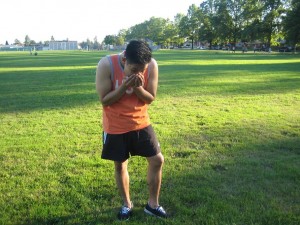Overview
The loss of blood from the circulatory system is known as bleeding. The causes for bleeding can span from abrasions and minor cuts to deep cuts and amputations. Internal bleeding, which can be the result of any injuries to the body. These can vary from superficial bruising (minor) to immense bleeding as a result and inflammation.

Minor bleeding
The minor cuts and abrasions not bleeding in excess treated at home; some helpful first aid recommendations are given for treatment:
- Soak a sterile gauge in either saline or clean water and clean the injured area. Do not use any such material, which will fray or may leave fluff in the wound caused by injury such as cotton wool.
- Then, apply a suitable dressing to the wound such as a non-adhesive dressing held in its place with hypoallergenic tape or a band aid and these dressing must be changed regularly.
- If you are unable to clean the dirt yourself, see a doctor since there is a high risk of infection with a dirty wound.
- See a doctor, if in the last five years you have not had a booster vaccine against tetanus.
Nosebleeds:
The bleeding from the nose is usually not severe in nature. Below some first aid suggestions are provided:
- Tilt the person’s head forward after making the person sit in an upright position.
- Press their nostrils with the thumb and forefinger to shut them.
- Hold as such approximately for 10 minutes at the least.
- Check for any sign of bleeding after releasing the hold on the nostrils in a gentle manner. If the bleeding from the nostrils has stopped, advise the person not to pick or blow their nose for the whole day.
- Immediately seek medical aid in case the bleeding has exceeded more than 20 minutes.
- Seek medical aid in case the bleeding is to occur again.
Severe Excessive Bleeding:
For severe excessive bleeding below are some first aid treatments available:
- While approaching the injured person, put on a pair of hand gloves, preferably nitrile ones, if available and check for any possible signs of dangers.
- Make the injured person lie down and in case of an injured limb, if possible, raise the injured part to the level of the person’s heart.
- Apply a direct pressure to the injured area to halt the blood flow with hand(s).
- Try to secure the wound with a bandage firmly after applying the dressing by pulling together the wound.
- Do not remove any embedded objects to the wound but apply pressure to it.
- A tourniquet must not be applied
- If the initial dressing is saturated by blood, do not remove but add a new padding and secure with a bandage.
